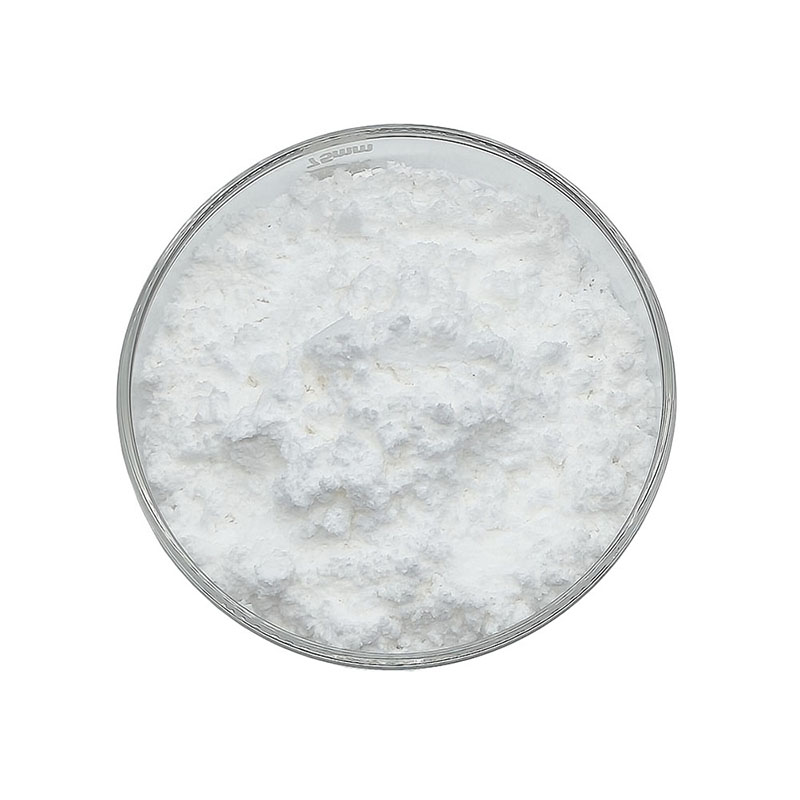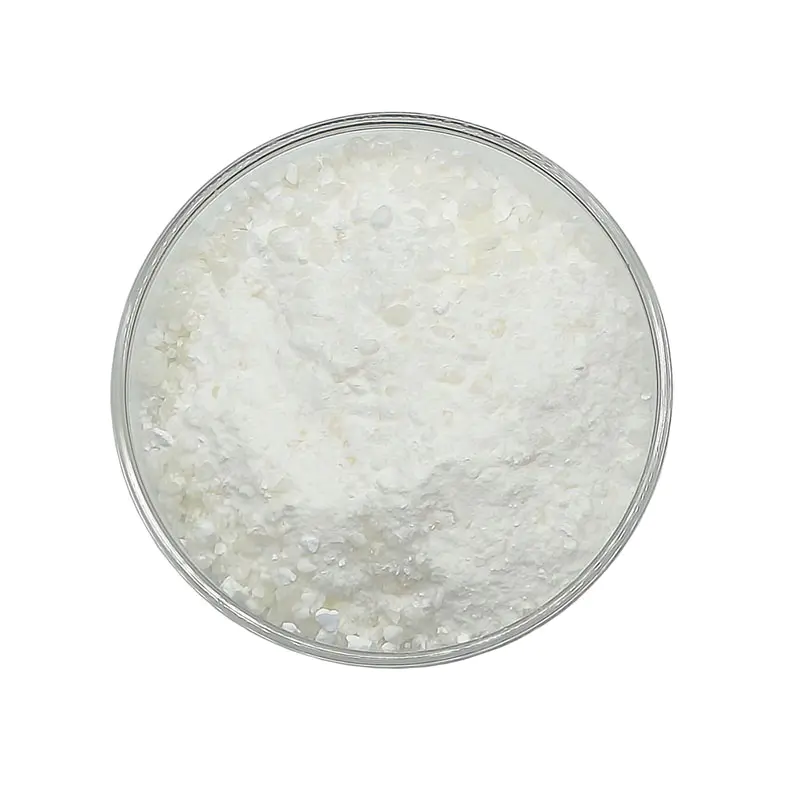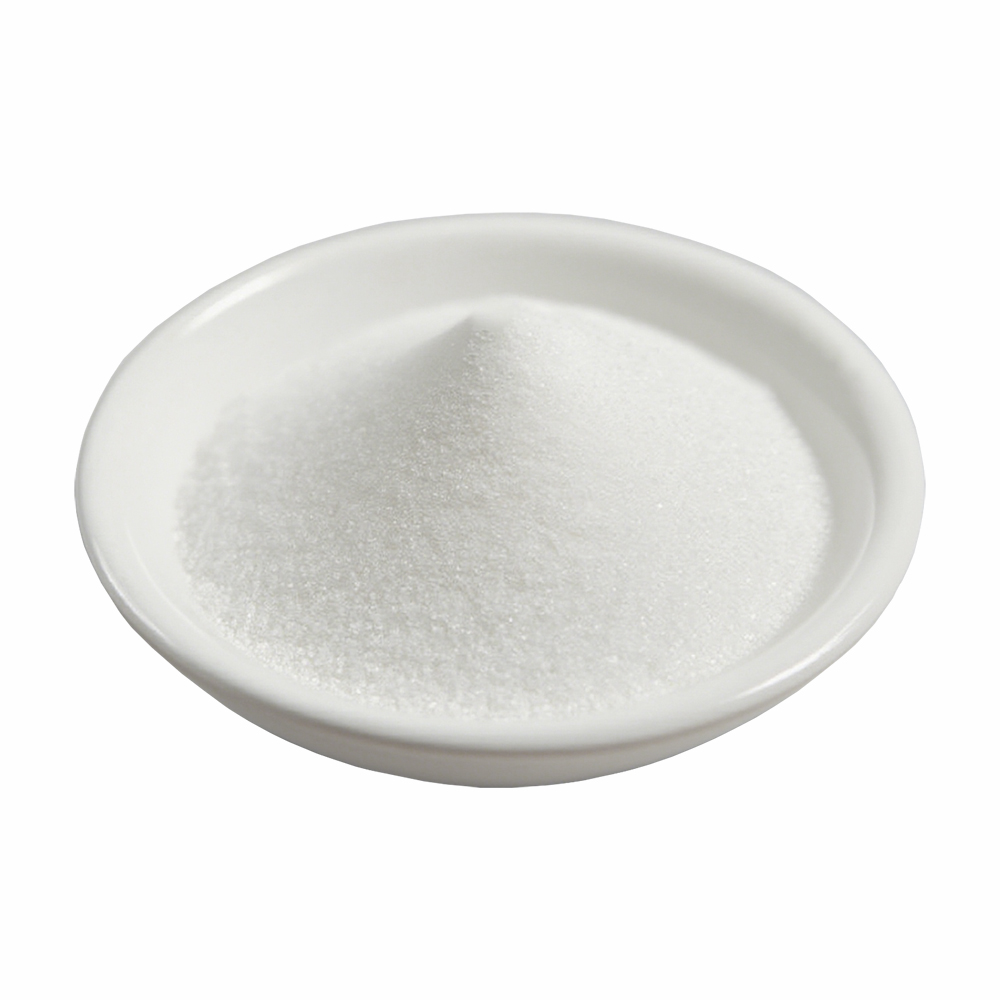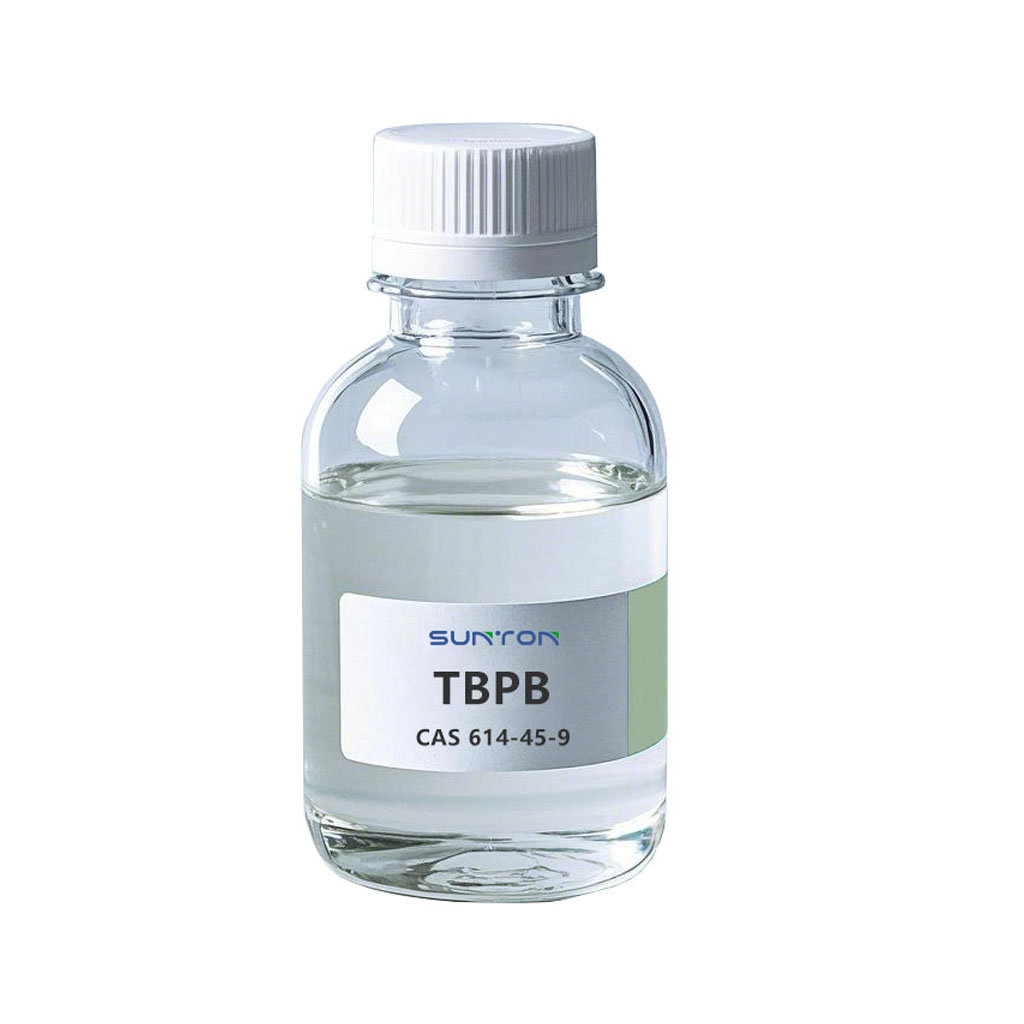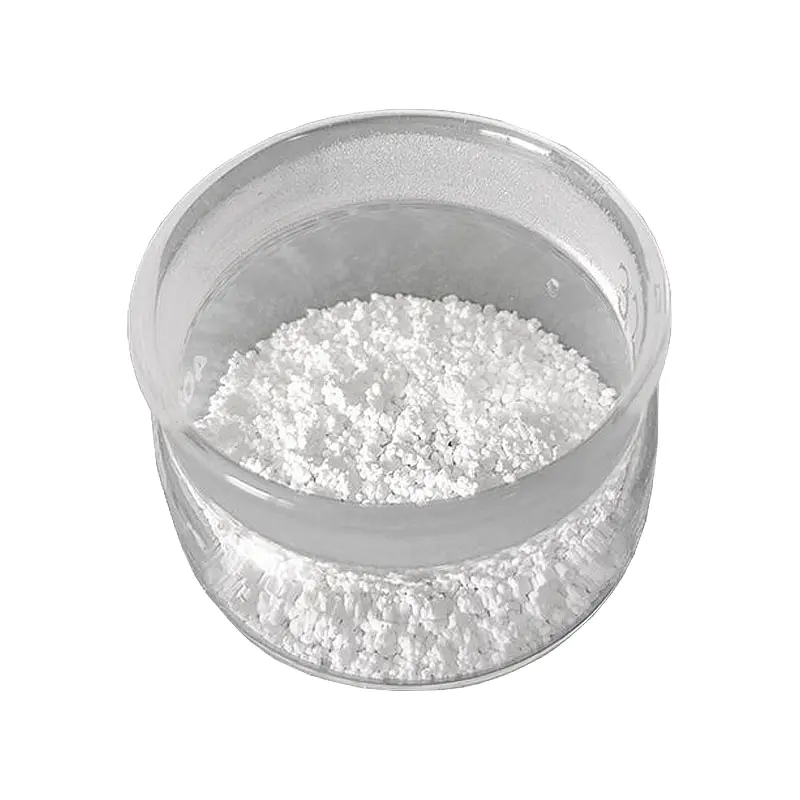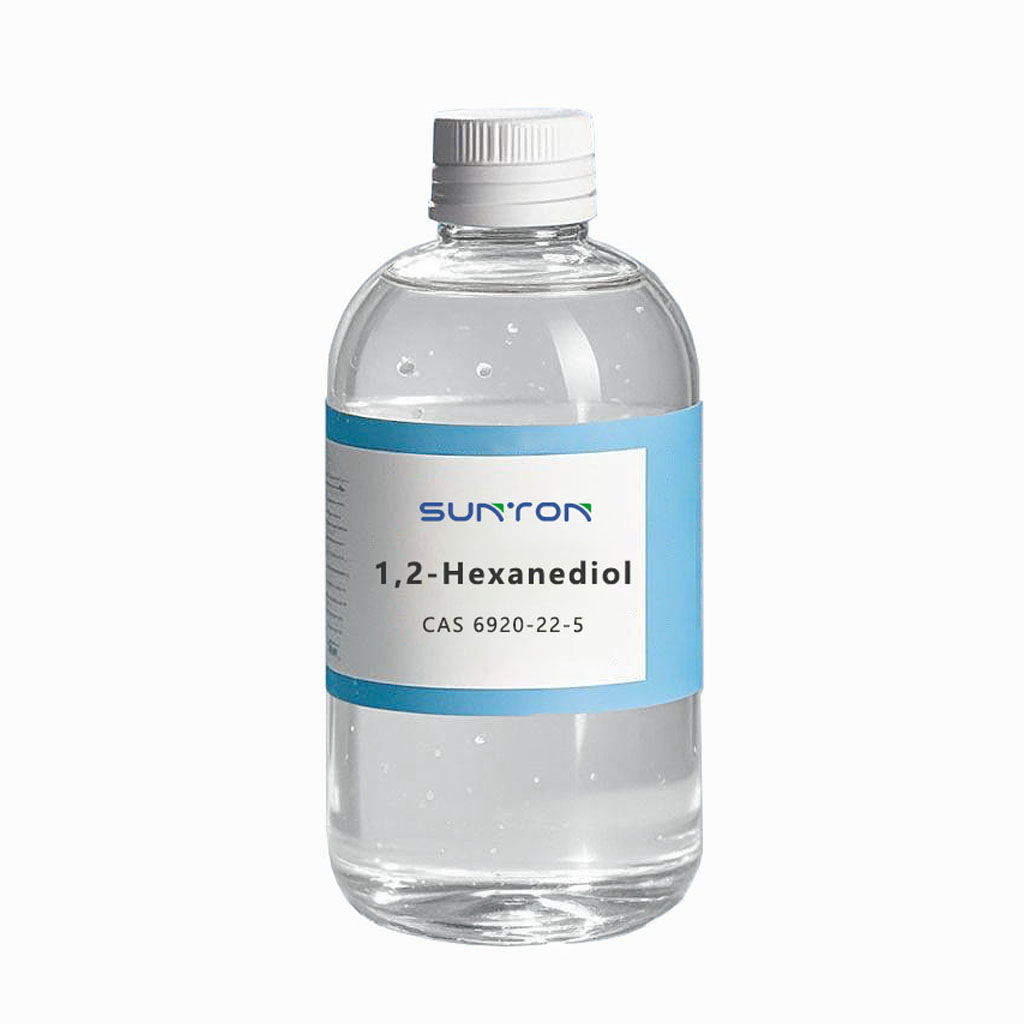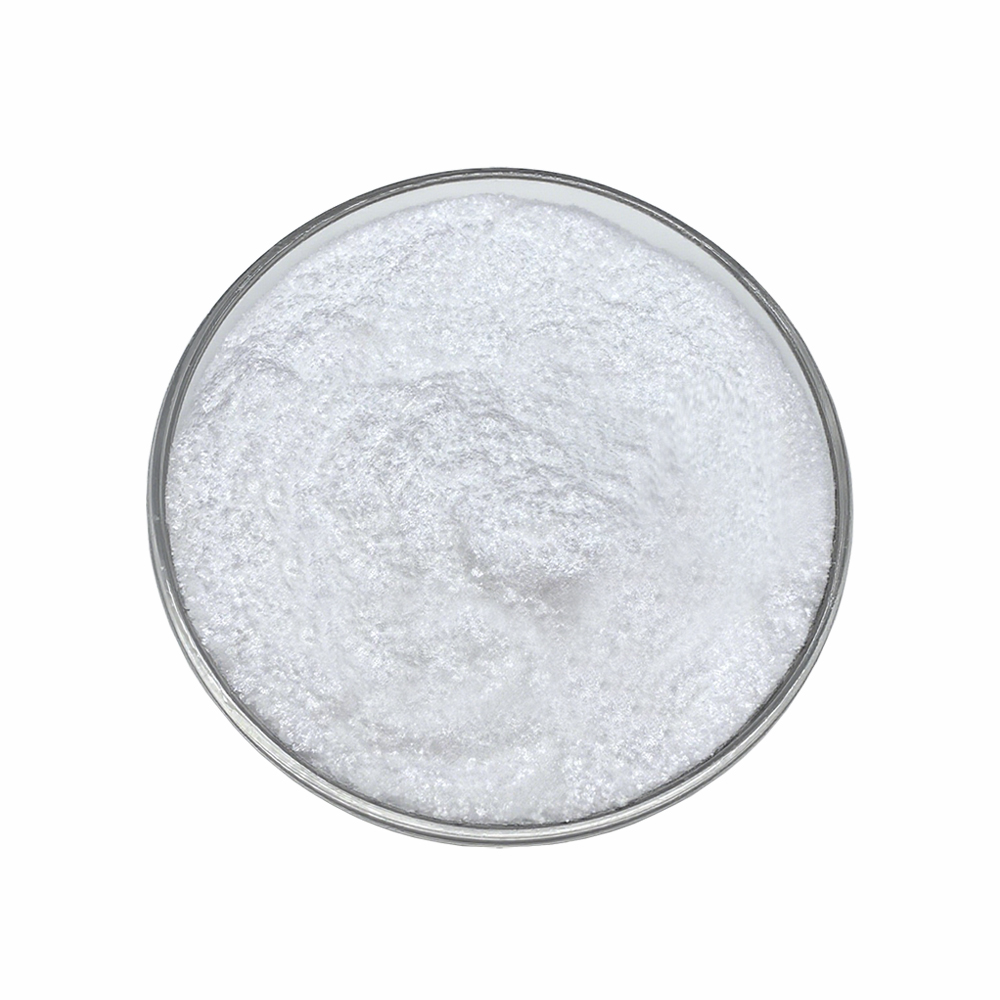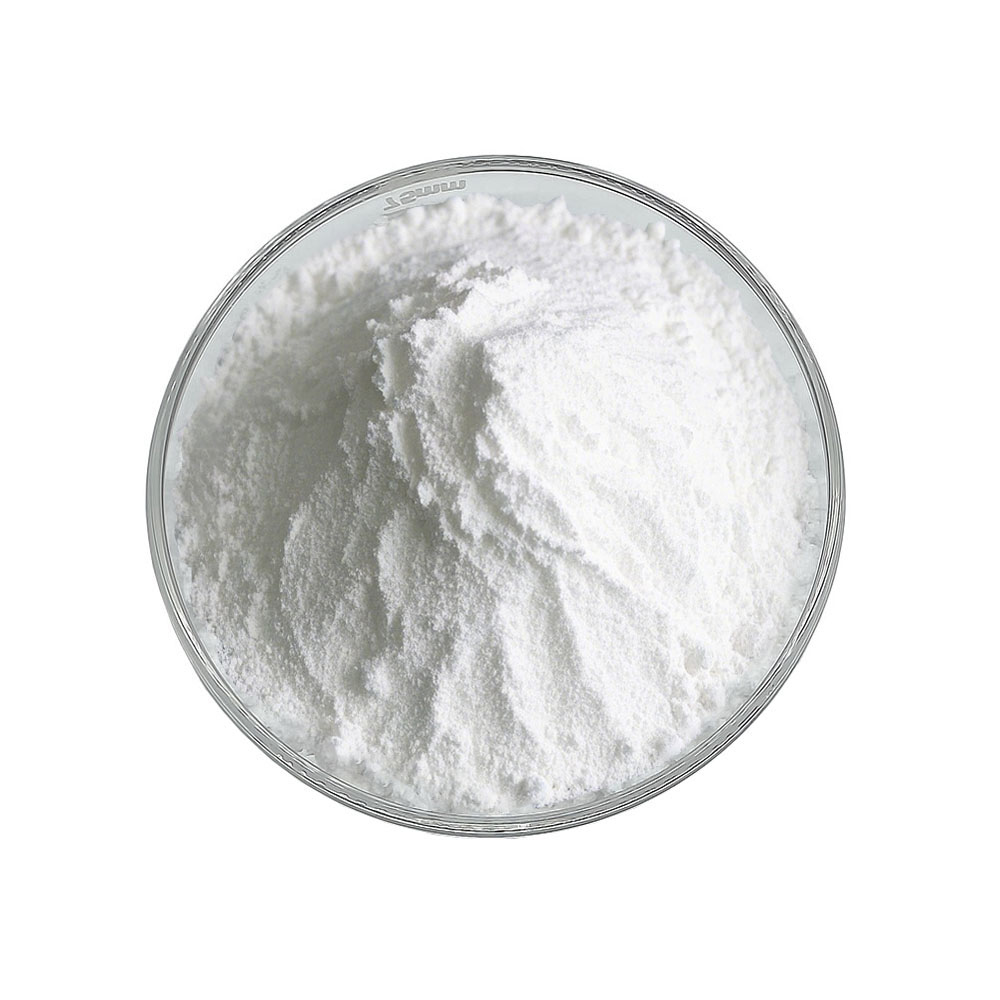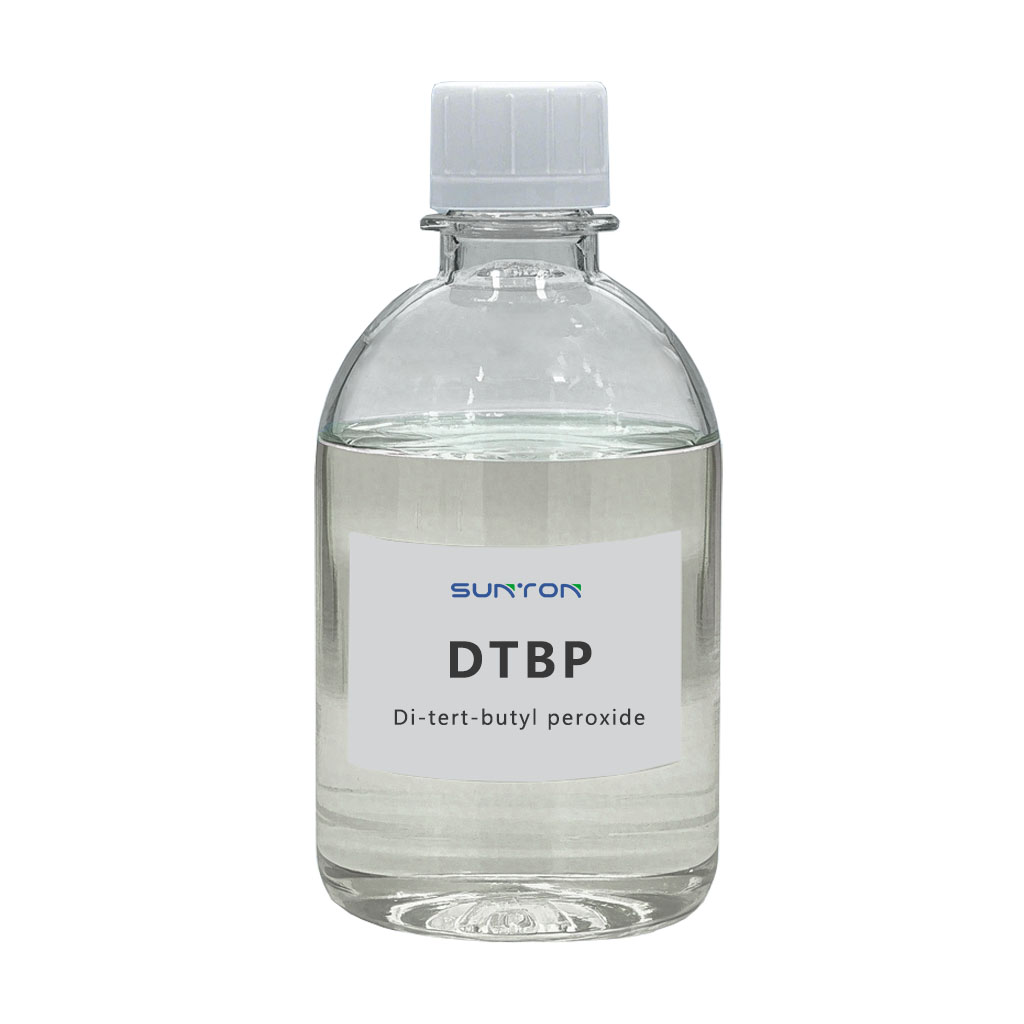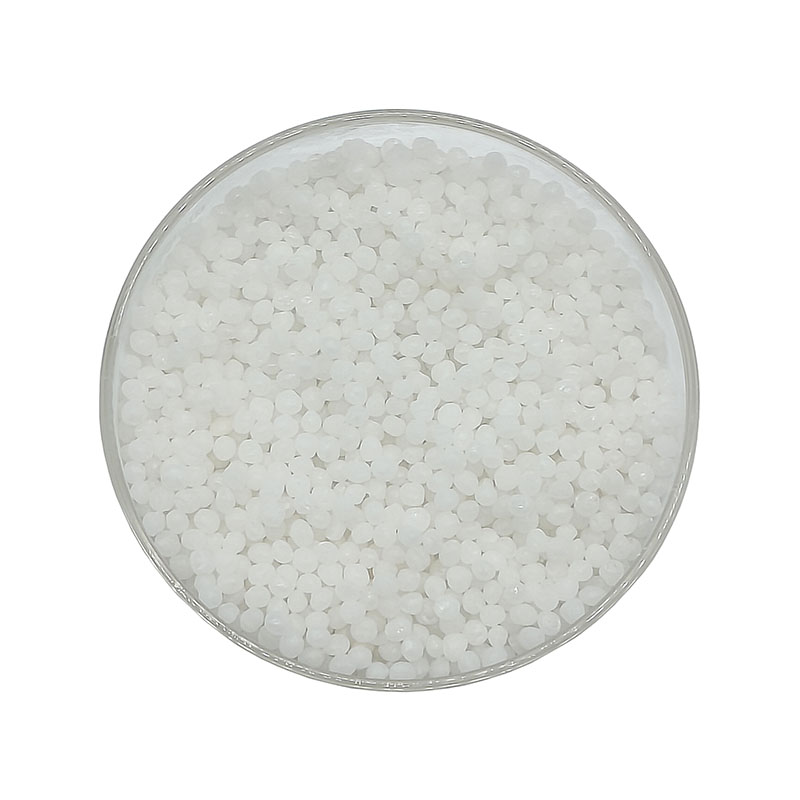Search By Posts
Product Category
Industry News
 By Admin
By Admin
Breakthrough in bio-based materials adaptation: Research on flame retardant compatibility of CAS 1889-67-4 in biodegradable plastics
The scientific basis of molecular structure and biocompatibility
Cas:1889-67-4's unique molecular configuration is its material basis for being highly compatible with bio-based materials. The polar groups of this compound form intermolecular hydrogen bonds with the ester bonds of common bio-based plastics (such as PLA, PHA, etc.), achieving uniform dispersion at the nanoscale. Molecular dynamics simulations show that the diffusion coefficient of Cas:1889-67-4 in biological matrix is 2-3 orders of magnitude higher than that of traditional flame retardants, which is the theoretical basis for its excellent dispersion. It is particularly noteworthy that the molecular size of the compound matches the free volume of the bio-based plastic, avoiding the material embrittlement problems often caused by the addition of flame retardants.
Thermodynamic research further reveals the interaction mechanism between Cas:1889-67-4 and bio-based plastics. Differential scanning calorimetry (DSC) tests show that the addition of this flame retardant changes the glass transition temperature of PLA only 1-2°C, proving that it has a very small impact on the motion of the substrate molecular chain. Rheological analysis found that the composite system containing Cas:1889-67-4 exhibits melt viscosity similar to that of pure bioplastics at processing temperatures, which is crucial to maintaining the stability of the existing processing technology. Molecular-level compatibility lays a solid foundation for the balanced optimization of macroscopic performance.

Breakthrough in the balance between flame retardant efficiency and environmental degradability
In terms of flame retardant performance, Cas:1889-67-4 shows an efficiency comparable to that of traditional flame retardants. Conical calorimetry test data show that the peak heat release rate of PLA materials with 15% Cas:1889-67-4 was reduced by more than 65%, and the smoke density was reduced by 50%, reaching the UL94 V-0 level standard. Environmental electron microscopy observations found that the flame retardant promotes the formation of a continuous and dense carbon layer structure during combustion, which is the key mechanism for its efficient flame retardant. What is particularly important is that Cas:1889-67-4 will not release toxic gases when exercising flame retardant effects, and meets the strictest environmental protection and safety requirements.
Degradation performance studies have achieved exciting results. Under standard composting conditions, the degradation rate of PLA film containing Cas:1889-67-4 still reaches more than 90% within 45 days, which is equivalent to pure PLA. Molecular biological analysis confirmed that the decomposition product of the flame retardant does not inhibit the activity of the composting microorganisms, ensuring the complete biological circulation of the material after being discarded. Seawater degradation experiments also show that the addition of flame retardant has no significant effect on the hydrolysis rate of the material. This perfect balance of flame retardancy and degradability makes Cas:1889-67-4 a flame retardant solution that truly conforms to the concept of circular economy.
Processing technology adaptability and large-scale production prospects
Cas:1889-67-4Expresses excellent process adaptability in actual processing. The decomposition temperature of the flame retardant is as high as above 300°C, completely covering the typical processing temperature range of bio-based plastics (160-220°C). Twin screw extrusion experiments show that the addition of Cas:1889-67-4 will not cause abnormal increase in melt pressure or a significant increase in screw torque, and existing production equipment can be directly applied without modification. In injection molding test, the dimensional stability of the flame retardant-containing products is comparable to that of pure bioplastics, and the shrinkage difference is controlled within 0.1%, which is particularly important for precision injection molded parts.
From an industrial perspective, the large-scale production path of Cas:1889-67-4 has been opened. The synthetic route designed based on the principle of green chemistry has an atomic utilization rate of more than 85%, and the three waste generation is reduced by 60% compared with traditional processes. The refining process adopts molecular distillation technology, and the product purity is stable at more than 99.5%, and the batch consistency fully meets the requirements of high-end applications. Cost analysis shows that under large-scale production conditions, the overall cost of the flame retardant can be the same as that of conventional environmentally friendly flame retardants and has significant market competitiveness. These advantages clear the obstacles for its widespread application in packaging, electronics and electrical appliances, automotive interiors and other fields.
Industry standard compliance and regulatory adaptability
Cas:1889-67-4 has outstanding advantages in compliance with regulations. Comprehensive toxicological evaluation confirmed that neither the compound nor its decomposition products comply with the SVHC (Materials of High Concern) standard under the REACH regulations. Ecological toxicity tests show that its half-lethal concentration (LC50) to aquatic organisms is >100mg/L, which is an actual non-toxic level. Flame-retardant plastic products pass a full set of biocompatibility tests, including skin irritation, sensitization and cytotoxicity assessments, and the results meet medical device material standards.
In terms of certification, bio-based plastics containing Cas:1889-67-4 have successfully passed a number of international authoritative certifications. Including the EU's OK comppost industrial composting certification, the US's BPI certification and Japan's GreenPla logo confirm its fully degradable properties. In terms of flame retardant performance, it has obtained professional recognition such as UL yellow card certification and IEC 60707 standard evaluation. These certifications not only verify the maturity of the technology, but also provide reliable market access guarantees for downstream application companies, especially in the EU and North American markets that have strict requirements on material environmental protection.
Cas:1889-67-4The successful application of bio-based degradable plastics marks the deep integration of flame retardant technology and sustainable development concepts. Its unique molecular design achieves the unity of flame retardant efficiency and material environmental protection, and solves the "flame retardant-degradation" contradiction that has long plagued the industry. From the molecular-level compatibility mechanism to the balance optimization of macro performance, from laboratory research and development to industrial production preparation, the development process of this technology reflects the complete path of green material innovation. For the plastics industry, adopting the Cas:1889-67-4 flame retardant system is not only a necessary choice to meet increasingly strict environmental regulations, but also a strategic layout to seize the initiative in the green market. With the acceleration of the global carbon neutrality process, this truly environmentally friendly flame retardant solution will surely become the standard configuration for the bio-based plastics industry, pushing the entire industry to develop in a safer and more sustainable direction.


 English
English 中文简体
中文简体
